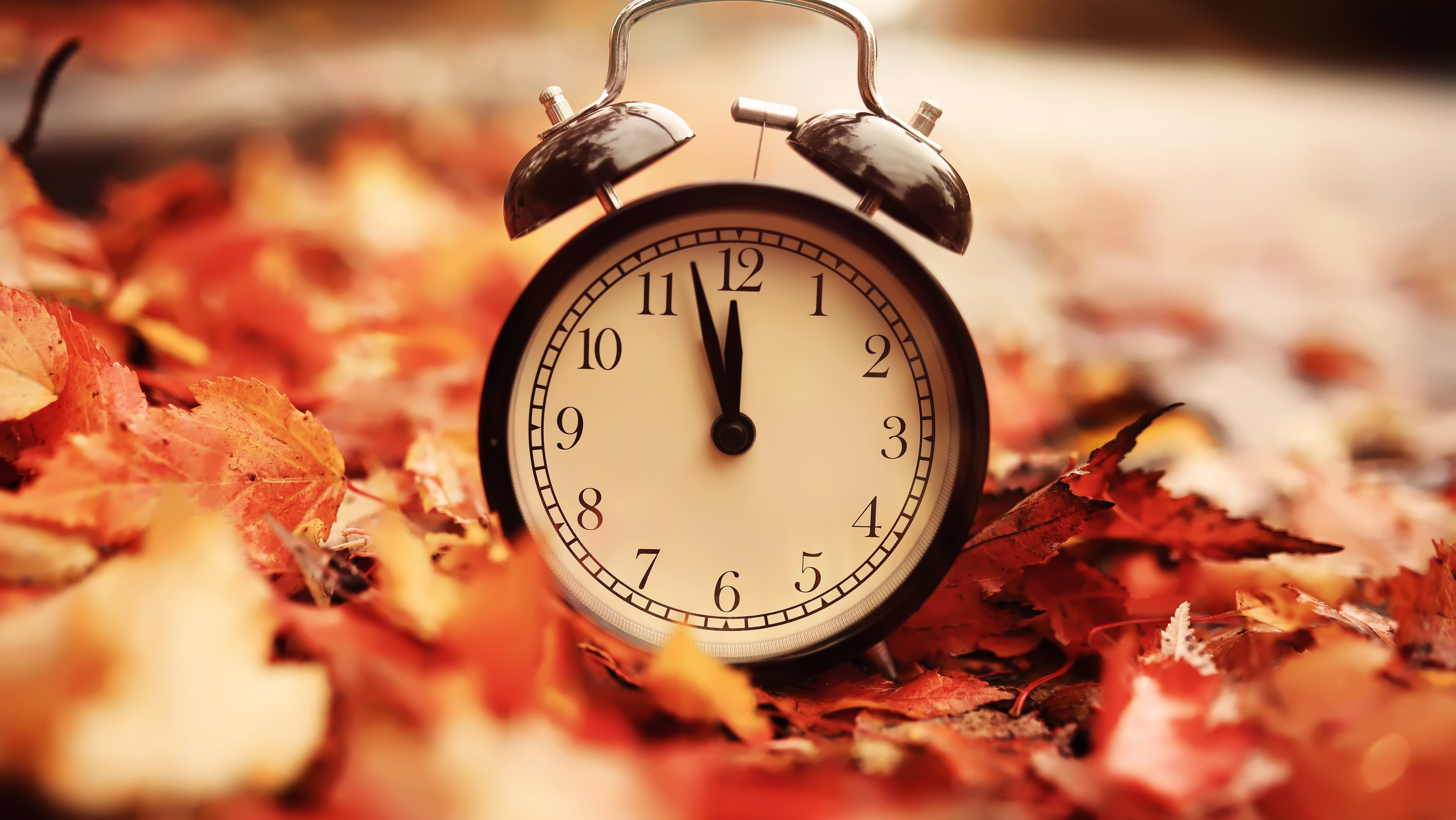Why is Daylight Saving Time so divisive?
The history and controversy surrounding Daylight Saving Time — or is it Daylight Savings Time? — explained.
It’s that time of year again — and potentially for the last time.
On Sunday, November 5, those who enjoy longer-lasting evenings and waking up an hour later (for at least one day) can rejoice. We will turn our clocks back an hour, which will shorten our days and lengthen our evenings. While the annual exercise has been going on in the United States for 105 years, from debates on whether it’s actually called “Daylight Saving Time” or “Daylight Savings Time” to whether or not we still need the practice, it is a widely divisive aspect of American culture.

DST is so divisive, a petition on social media to officially end it picked up enough steam to be formally considered by legislators, several of whom voiced their support for a bill to permanently end “falling back” an hour each fall.
That decision is still pending, but as we prepare to “fall back” this year on Sunday at 2 a.m., many have begun to voice either their disapproval or approval of the practice, with some even expressing shock and dismay that the practice is still occurring. Despite some states crafting bills to end the practice, there is currently widespread confusion. We hate to be the ones to break it to you, but It is, in fact, still happening throughout the U.S. this year.
Below, we break down why we do it (no, it’s not because of farmers), why so many hate it while others love it, and, of course, confirm if this is the last time we stop “saving time.”
First of all, it’s “Daylight Saving Time,” not “Daylight Savings Time”
Just the name alone is divisive. If you say “Daylight Savings Time,” you’re far from alone. Adding an “s” to make something plural that isn’t is a common way many Black folks speak (including this reporter!), and Daylight Saving Time is no different.
Why do we do it?
If a social studies teacher in elementary school sold you on the idea that Daylight Saving Time was implemented to benefit productivity for the agriculture industry, you’ve been misinformed.
Daylight Saving Time is a practice observed by countries throughout North America and Europe that first began to save fuel during World War I. It involves turning the clocks forward by one hour in the spring and turning them behind by one hour in the fall. Germany was the first country to enact Daylight Saving Time, and the U.S. picked it up in March 1918, almost a year after joining the war. Because the practice came from Germany at a time when the country was steeped in controversy, American lawmakers occluded its real origin story to distance the narrative from the European nation.
While we picked up the habit in 1918, DST didn’t become a permanent tradition until the Uniform Act of 1966, which says states can enact permanent standard time but not permanent daylight saving time — hence why time goes back and forth each year.
Does the whole country do it?
The whole country does not recognize Daylight Saving Time. Hawaii and Arizona (including the Navajo Nation within Arizona) are the only states where the practice does not occur. According to the U.S. Department of Transportation, U.S. territories that ignore the practice include American Samoa, Guam, the Northern Mariana Islands, Puerto Rico, and the Virgin Islands.
Why do people hate it?
It may surprise some to learn that there are proponents and opponents on each side. Some loathe losing an hour, while others can’t stand gaining an hour. Both parties have the same enemy: darkness.
Apparently, the U.S. tried permanent Daylight Saving Time in the early ‘70s. During that experiment, early morning auto crashes and accidents rose, and children hated having to go to school in the dark and go to bed when the sun was still out. Add to that, it was an idea left over from the Nixon administration, so folks wanted to “nix” it once the disgraced president left office. Many still have these same complaints in the spring when the change first takes effect for the year.
When the change takes effect in the fall, many voice similar concerns. Afternoon crashes become slightly more common, children feel cheated by the early setting sun, and those with seasonal depression are faced with less time with a sun that is already getting further away. The time change can also negatively impact the brain and body, leaving people feeling like they’ve entered a new time zone. Reports have shown crashes are more common right after the time switch.
Why do people love it?
It’s actually hard to find people who love both springing forward and falling back; most are staunchly in support of one aspect of the tradition over the other. Those who love springing forward typically love longer hours under the sun. Some also enjoy being in sync with different time zones around the globe, including the U.S. territories. Those who love falling back aren’t afraid of the dark and enjoy the longer evenings and shorter days spent in the bustling cold.
Springing forward affords us more time doing what we love most during warmer months: spending time outside and under the sun. Meanwhile, falling back gives us more time to enjoy our own company or the company of others huddled up warm and cozy inside — fair points on both sides.
Is this the last time?
It’s still up in the air whether or not Daylight Saving Time will eventually end for good. As mentioned earlier, the U.S. tried permanent Daylight Saving Time (as in permanently springing forward), and it didn’t go over too well in the end. While the idea has caught real steam with legislators in recent years, and some states have gone a step further in crafting bills, a bill crafted by the Senate failed to pass the House with very little mention of what’s next. With that in mind, you will more than likely be springing forward next spring and falling back next fall.
TheGrio is FREE on your TV via Apple TV, Amazon Fire, Roku, and Android TV. TheGrio’s Black Podcast Network is free too. Download theGrio mobile apps today! Listen to ‘Writing Black’ with Maiysha Kai.


